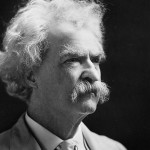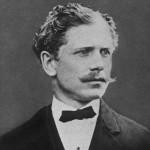Period 1:
Overall Score: 3.2= C+
Strengths: I like when Zack said, “What can we do to change the humans to be the highest animals?” (x 7)
I liked when we discussed if justice depended on wealth and where your place is (class). (x2)
I liked when Anthony questions if Twain’s comparison between human beings animals without knowledge was fair. (x2)
I liked when Janet asked if humans can ever rise above being the lowest animals.
I liked the comment that there can not be justice if we do not have moral sense.
I like when people asked specific people to comment on questions.
I liked that most of us disagreed that Mark Twain’s generalizations were inaccurate and exaggerated. (x2)
Learned about: The importance of respecting different ethnicities and races. Humans should stop judging one another. Different perspectives on Twain’s ideas in “The Lowest Animal”. Human beings and animal traits can be different.
Room for Growth: There was awkward silence. Check your body language! Be prepared! We need more participation and involvement. (x 8) Ask Questions! More response to direct questions (x2). Speak out! Don’t be shy… It is not fair when students take up the courage to ask a question and no one follows up with a response. Don’t spend so much time on a confirmed question. The conversation was at times superficial and could have gone deeper. More outer circle members should take the “hot seat”. There should be more preparation and thought going into the questions to inspire conversation.
 Week’s Objectives: After reading Ambroce Bierce’s short story, “Occurrence at Owl Creek Bridge” students will be able to write a paragraph that analyzes and evaluates the author’s philosophical attitude and use of
Week’s Objectives: After reading Ambroce Bierce’s short story, “Occurrence at Owl Creek Bridge” students will be able to write a paragraph that analyzes and evaluates the author’s philosophical attitude and use of  3.3:
3.3: